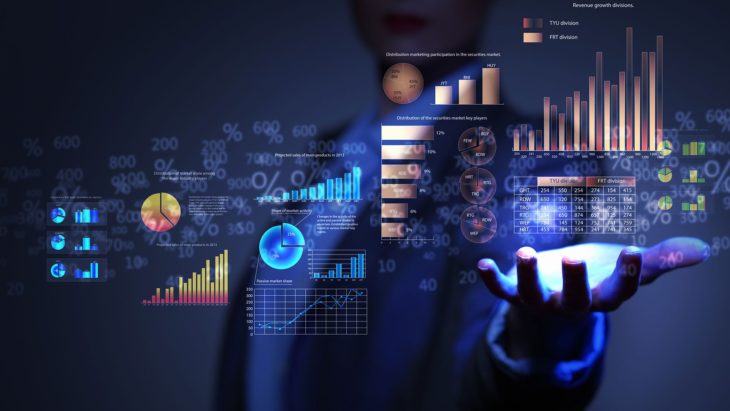The foreign exchange market has seen an explosion in size over recent years. A market that started off smaller than equities has now ballooned into a $5 trillion a day market which is roughly 25 times the size of the equities market. So, what has fuelled this massive growth? The answer is simple, friends: the internet!

Source: Revenues & Profits
Contents
Quick History
For those of you unfamiliar, let’s take a quick history lesson. Forex trading was originally conducted on trading floors where people gathered to scream at each other and make or lose money. In the 80s, however, electronic trading systems were introduced and grew vastly in popularity. This new technology meant that investment bankers could now access price feeds from computers, meaning they didn’t have to trade form the floors anymore. Over the 90s, as more and more banks and brokers got to grips with the technology, trading moved off the floors and onto the screens.
Technological Revolution
This technological revolution also opened the door to a new market: retails traders. For the first time in history, regular people were able to access and trade the foreign exchange market from their computers as brokers began offering their services online. The retail market grew steadily in size over the early 2000s and following the global financial crisis of 2008, has ballooned in size with retail trading accounting for 5.5% of the entire Forex market as of 2016.
With more and more people trading Forex from the comfort of their homes, let’s take a look at how the internet, and technology in general, both changed and improved Forex trading.

Source: Admiral Markets
Ease of Access
The first point to note, which we touched on earlier, is that anyone anywhere can now trade Forex. So long as you have a bank account and an internet connection, you can now trade Forex via an online broker. The opportunity to make money from home is incredibly attractive, and for a lot of people is helping them supplement their incomes or even become their sole income.
Round The Clock trading
Electronic trading systems and online price feeds mean that the Forex market is able to operate continuously around the clock. Instead of equities markets which have an open and a close each day, the Forex market opens in Asia on a Sunday evening and closes in America on a Friday evening. This means that no matter what their schedule, retail traders are able to find a way of trading which suits their lifestyle and offers opportunities.
Freedom
Continuing the idea of the market now being easy to access, technological advancements over recent years mean that online trading has become even more mobile. Instead of having to sit at a desktop, traders can use their laptops to trade from pretty much wherever they please. Even more recently, traders have been able to use their tablets and smartphones to keep an eye on the markets as they move around. This has created even more opportunities for retail traders

Source: TechDissected
Easier to Learn
Another huge way in which the internet has changed the market is that it has made it even easier for people to learn to trade. Instead of having to leaf through hefty textbooks, retail traders can now watch online tutorials, take online courses, undertake interactive lessons or even private tutoring online and can also follow other people’s trading and access automatic trading systems.
The rapidly growing popularity of online trading seems likely to continue in the future and given how dramatically Forex trading has been improved by recent technological advancements. It is incredibly exciting to think where it might go next as technology continues to improve.
Source: https://www.orbex.com/blog/en
